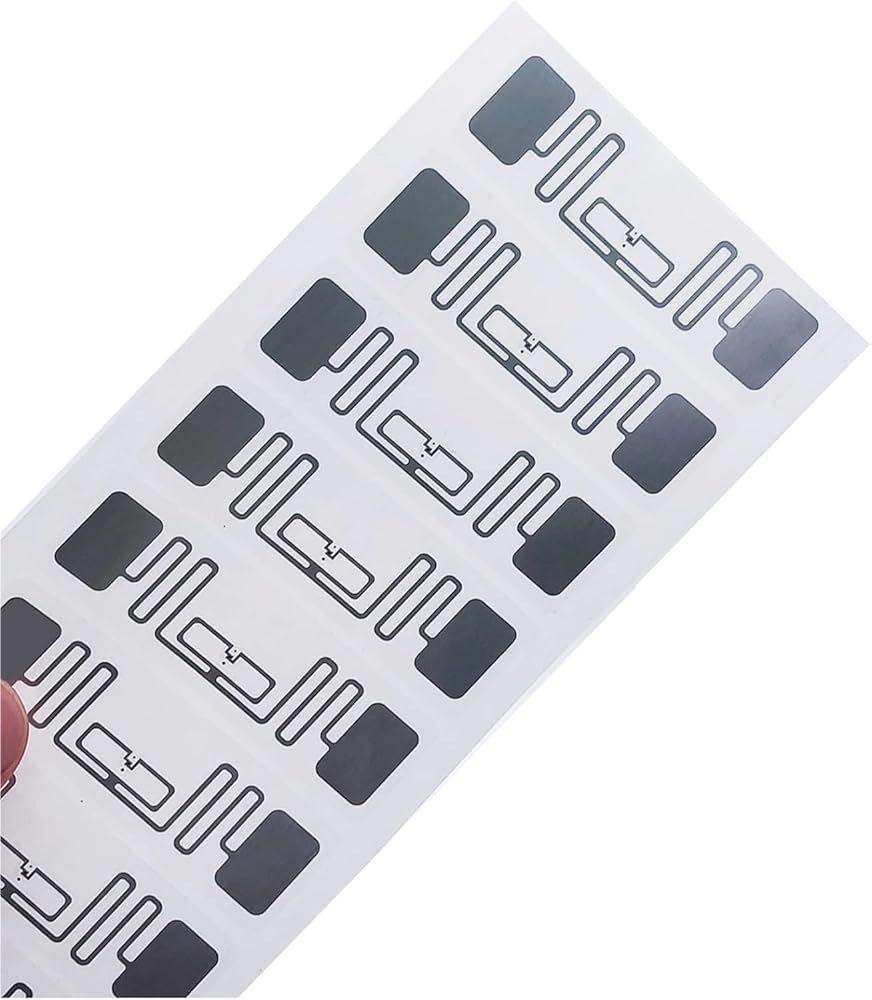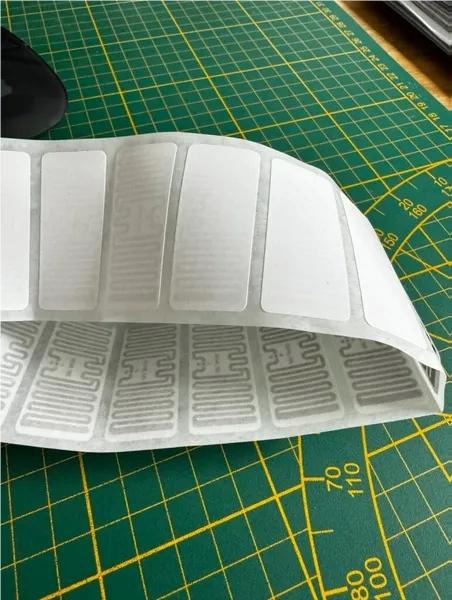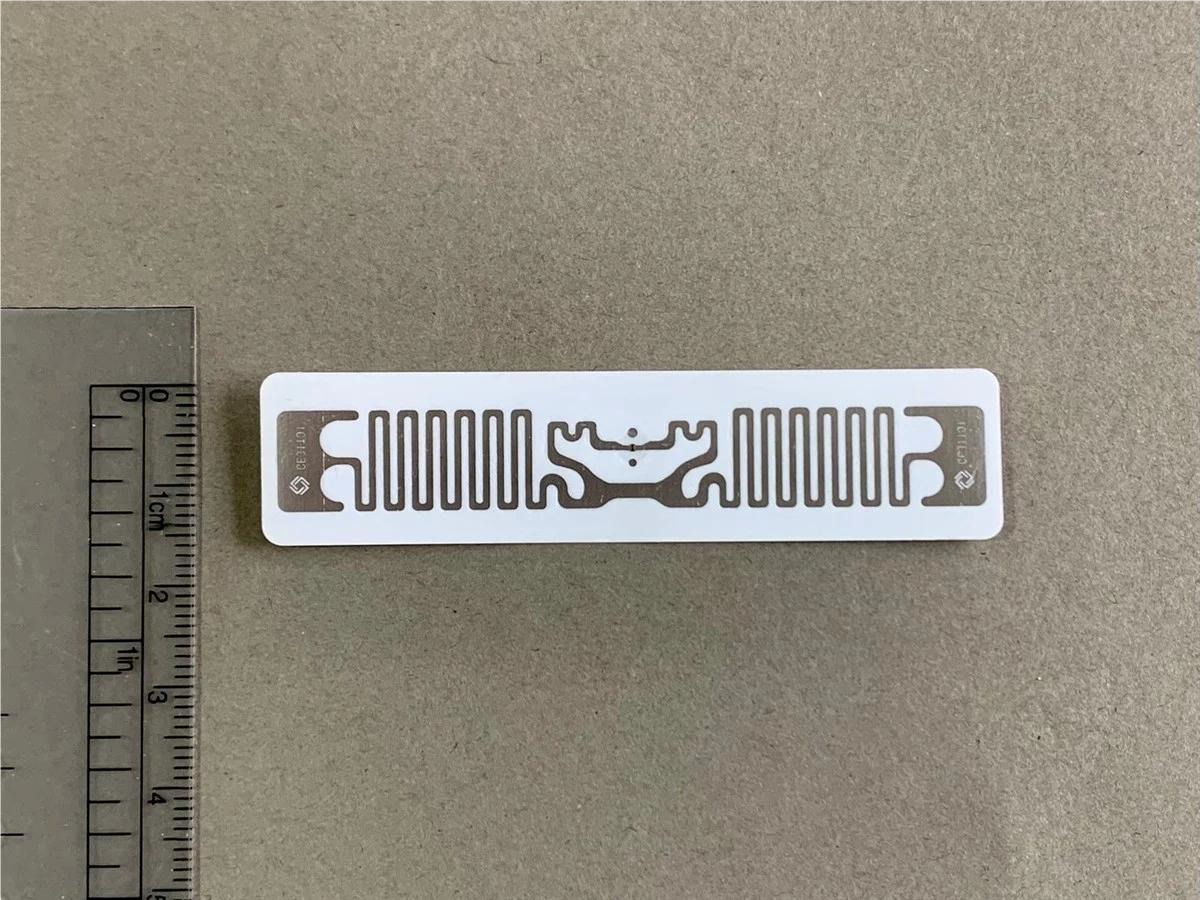What is RFID?
RFID (Radio Frequency Identification) is a radio frequency technology used to wirelessly identify and track objects.
Would you believe me If I told you that RFID is a technology that we use in every aspect of our lives?
In material shipments, air cargo, ships, trains, even the GPS that we use in our cars, worldwide internet lines and tracking of these lines, file tracking, hospitals, entry and exit controls, and in many other areas RFID technology is actively being used.
WHAT ARE THE TYPES OF RFID?
There are three main frequency ranges used for RFID transmissions:– Low Frequency, High Frequency, and Ultra High Frequency.
Low-frequency RFID;
- General Frequency Range: 30 – 300 kHz
- Primary Frequency Range: 125-134 kHz
- Reading Range: communication – 10 Centimeters
- Applications: Animal Tracking, Access Control, Car Key Fob, High Volume Liquid and Metallic Applications, etc.
- Pros: Liquids and Metals work well near Global Standards.
- Cons: Very Short Reading Range, Limited Memory Amount, Low Data Transfer Speed, High Production Cost.
High-frequency RFID;
- Primary Frequency Range: 13.56 MHz
- Reading Range: Close Contact – 30 Centimeters
- Applications: Personal ID Cards, Poker/Game Chips, NFC Applications, etc.
- Pros: NFC Global Protocols, Larger Memory Options, Global Standards.
- Cons: Short Reading Range, Low Data Transfer Rate.
Ultra High Frequency RFID;
- General Frequency Range: 300 – 3000 MHz
- Primary Frequency Ranges: 433 MHz, 860-960 MHz
- Divided into 2: Active RFID and Passive RFID.
Active RFID;
- Primary Frequency Range: 433 MHz to 2.45 GHz (available)
- Reading Range: 30 – 100+ Meters
- Applications: Vehicle Tracking, Auto Manufacturing, Mining, Construction, Asset Tracking etc.
- Pros: Very Long Reading Range, Low Infrastructure Cost (compared to Passive RFID), Large Memory Capacity, High Data Transfer Speeds.
- Cons: High Cost Per Tag, Shipping Restrictions (due to batteries), Complex Software May Be Required, High interaction from Metals and Liquids.
Passive RFID;
- Primary Frequency Ranges: 860-960 MHz
- Reading Range: Close contact – 25 Meters
- Applications: Supply Chain Tracking, Manufacturing, Pharmaceutical, Electronic Pass, Inventory Tracking, Race Scheduling, Asset Tracking, etc.
- Pros: Long Read Range, Low Costs per Tag, Wide variety of Tag Sizes and Shapes, Global Standards, High Data Transfer Speeds.
- Cons: High Equipment Costs, Medium Memory Capacity, High Interference from Metal and Liquids.
Now that we understand RFID technology a little better, well how does it provide these to us?
We use barcode readers in every aspect of our lives. Well, can't we use RFID for faster, more reliable, and time-saving operations compared to remote tracking of these barcode readers in terms of tracking and transportation? At this point, the RFID tag, one of the most important parts of RFID technology, steps in.



What is RFID Tag?
Tags for identifying and tracking small, integrated circuits used for objects. RFID tags consist of a microchip and antenna. The microchip carries stored data and enables communication by enabling radio distribution. The antenna receives the radio waves around the tag and allows the tag to communicate with us. In this way, tags can be used for identifying various sections and tracking.
RFID tags are used in many areas. For example; It is used in the retail industry, for Inventory Management and Anti-theft Systems, in the Logistics and Transportation industry, cargo tracking and automatic recognition systems. It is also used in many areas of the healthcare industry, such as patient monitoring and medication management.
RFID tags have many advantages over barcodes. First of all, RFID tags can be read without a direct line of sight, enabling rapid and automatic data collection. It is also advantageous that RFID tags are more durable and reusable. They provide significant benefits for increasing the productivity of businesses.
WHAT ARE THE ADVANTAGES OF RFID TAGS?
- Fast and automatic data collection; It can read a lot of data at the same time and transmit data quickly without line of sight.
- Long reading distance; More remote information can be obtained based on RFID tag quality.
- More data storage capacity; Compared to barcode labels, they have larger data stores and can keep more information. It allows recording of detailed information about an object, such as maintenance history or production date.
- Reusability and durability; Tags are extremely durable and reusable, making them ideal for harsh environments or long-term tracking and tracing.
- Security and Encryption; Data stored in tags can be encrypted and protected.
- Decreasing the error; Since there is no manual entry, automatic definitions of the tags are created and there is a tracking feature, the error rate is low. Operating costs are reduced and efficiency is increased.
WHAT ARE THE RFID TAG TYPES?
RFID Tags; Categorized according to power source, operating frequency, and application type.
- Passive Tags; They are the most common and economical passive tags, which do not have their energy (internal energy) and depend on the energy of a reader to activate them. The reading range varies from a few centimeters to several meters.
- Active Tags; These are tags equipped with their energy (an internal battery). They are the most suitable tags for monitoring, providing a reading range of hundreds of meters.
- Semi-Active Tags; Tags, which are a combination of Passive and Active tags, are tags that use their own internal battery (energy) only to power the microchip. However, the reader is required for tracking and monitoring data.
RFID Technology offers an effective solution for traceability, stock management, process management, product verification, and tracking in many areas, making it an indispensable technology. Real-time data provides capacity, flexibility, and the ability to integrate with business management systems, tracking and tracing, making the RFID tags a strategic investment to increase the efficiency and security of companies.